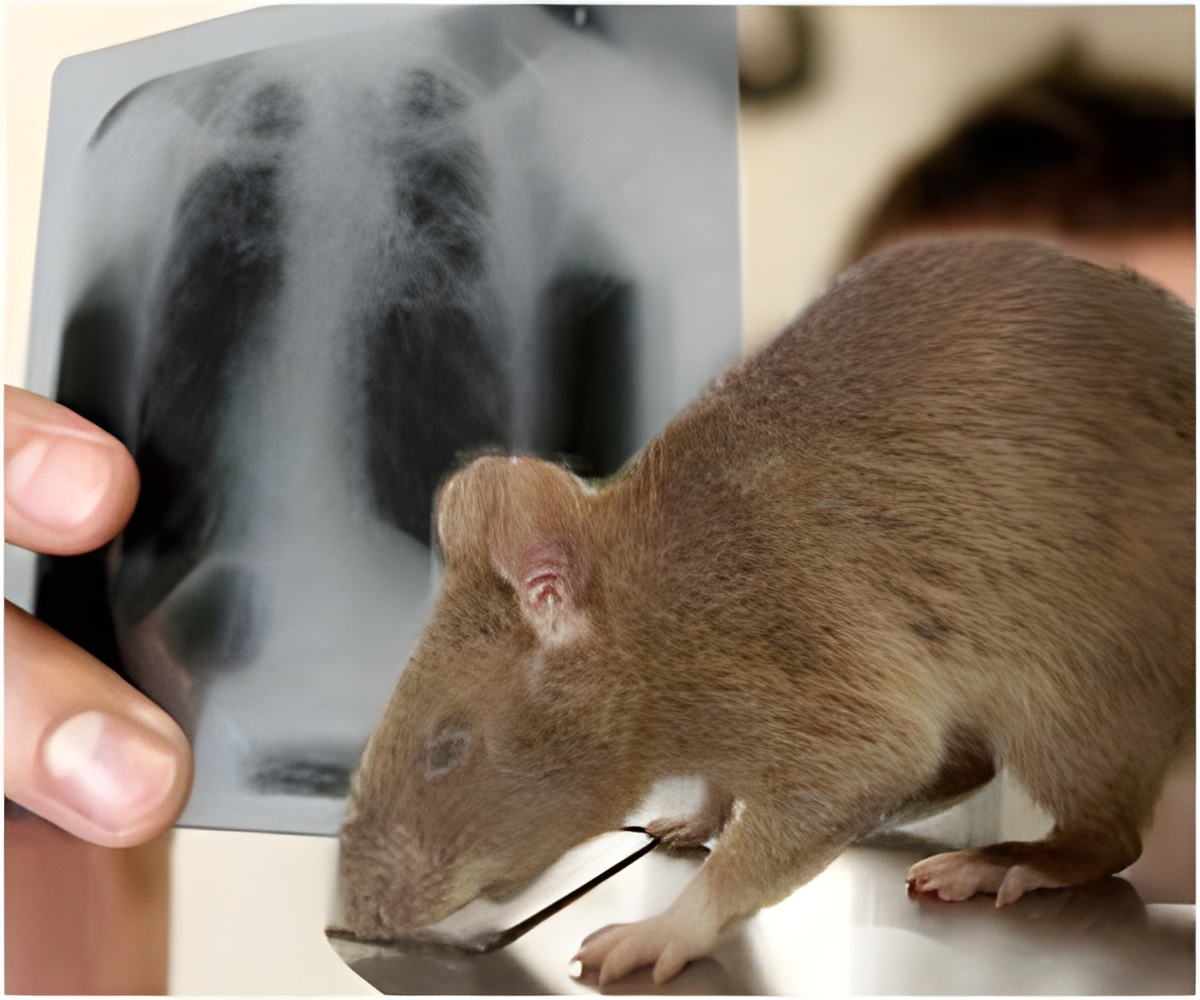Researchers have found out that the Gambian pouched rats can smell the tuberculosis bacteria in a sputum sample.

Studies conducted at the Western Michigan University suggest that the Gambian pouched rat can do better. This species of rat can smell the difference between tuberculosis bacilli and the other germs that may be present in human phlegm. The samples used during the study were later confirmed by laboratory culture. It was found that the rat’s sensitivity to correctly detect the presence of bacilli was as high as 86.6%, while their specificity to detect the absence of the bacilli was over 93%. Similarly when the rat’s success was compared to smear microscopy, it was found that the rats were 44% more accurate in picking up the positive cases. The rats have to be trained for doing the same when they are about 8weeks old. Positive and negative sputum samples are put under the sniffing hole and when the rats spend more than 5 seconds on a positive sample they are rewarded. By 26 weeks the rats are trained to spend more time sniffing the positive samples and spend lesser time at the negative samples.
The lead author of the study and a professor of Psychology, Dr. Alan Poling said that the medical fraternity is still skeptical about the acceptance of animals as a reasonable diagnostic tool. He said that research on the rats was still in the preliminary stage but eventually they could be used in the first-line screening for tuberculosis.
Source-Medindia








